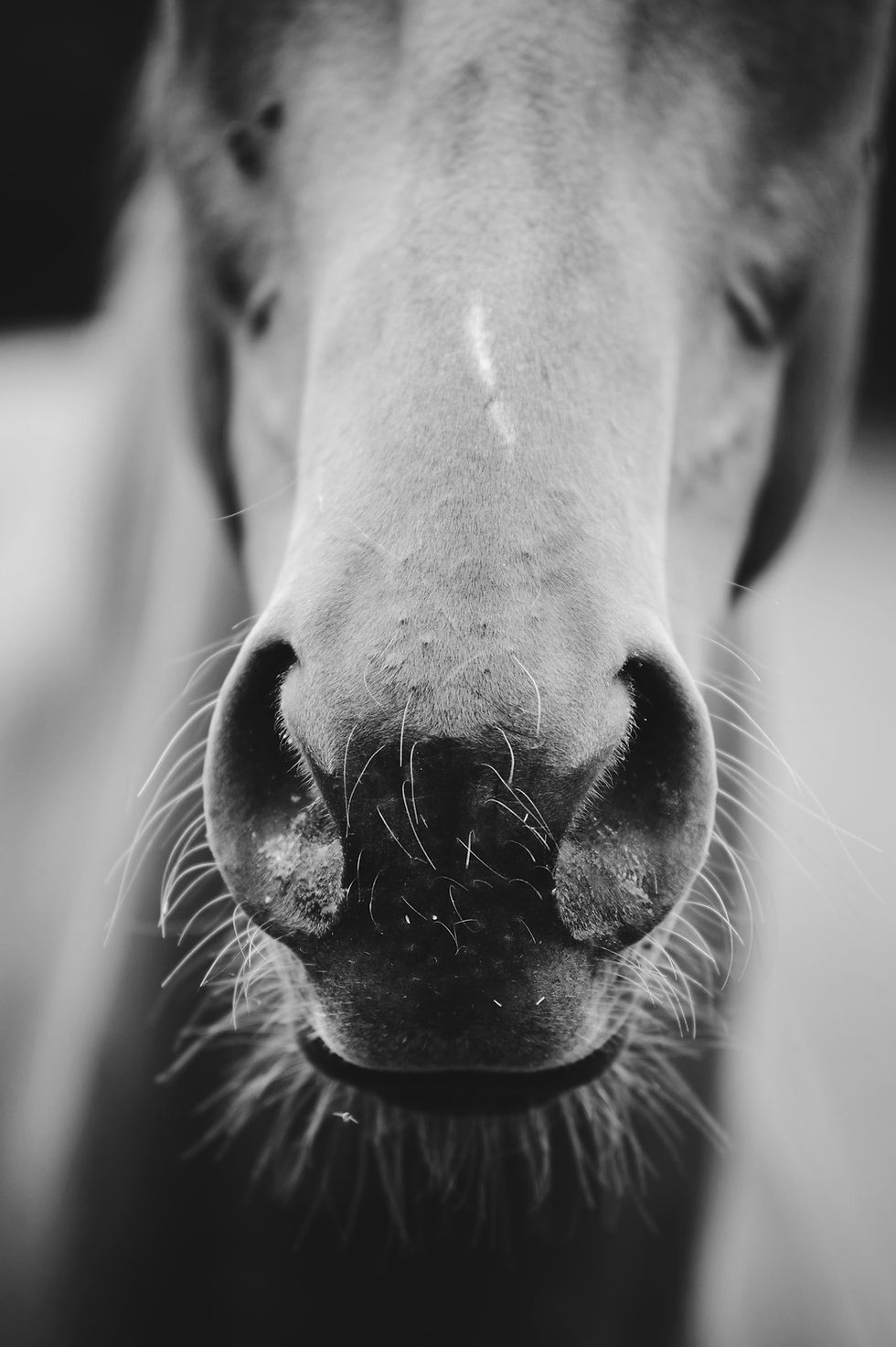Atypical Myopathy in Horses: What You Need to Know
- Ella Riley CertNCS (VCC), RVCCA

- Apr 2
- 4 min read
Atypical Myopathy (AM) is a rare but serious condition that affects horses, often causing muscle weakness, stiffness, and in severe cases, death. As a horse owner, understanding this condition is crucial for early detection and prevention.
What is Atypical Myopathy?
Atypical Myopathy is a potentially fatal disease that affects horses’ muscles. It is commonly linked to the consumption of toxins produced by a specific type of tree: the sycamore (Acer pseudoplatanus) and sometimes other trees in the maple family. The condition is typically seen in horses that graze in areas where these trees are present.
The disease primarily affects the muscles, leading to muscle breakdown (rhabdomyolysis), which can result in severe pain, weakness, and in the worst cases, death. The toxins in the seeds and leaves of the trees are responsible for the disease, which is why it is important to be aware of these plants in your horse's field.
Symptoms of Atypical Myopathy
Recognising the symptoms early is crucial to giving your horse the best chance of recovery. Some common signs of atypical myopathy include:
Muscle weakness or stiffness: Affected horses often show a noticeable reluctance to move or exhibit signs of stiffness, particularly in their hindquarters.
Trembling: Muscle tremors or shaking can be a sign that the toxins are affecting the horse’s nervous system.
Inability to stand: In severe cases, horses may be unable to rise after lying down, leaving them recumbent.
Sweating: Excessive sweating, especially in cold weather, may be a symptom of muscle distress.
Dark brown or reddish urine: This can occur due to muscle breakdown, which leads to the release of myoglobin into the bloodstream and subsequently the urine.
Rapid heart rate: This can occur due to the strain on the muscles and body as a result of the toxins.
If you notice any of these signs, seek veterinary attention immediately. The earlier the disease is caught, the better the chances of recovery.
Causes of Atypical Myopathy
The primary cause of atypical myopathy is the ingestion of toxins produced by sycamore trees. Specifically, the seeds and leaves of the tree contain a toxin called hypoglycin A. When horses consume these parts of the tree, the toxin enters their system and interferes with energy production in muscle cells, leading to muscle degeneration and weakness.
The disease is most common in the autumn and spring months when sycamore trees produce the most seeds, making it essential for horse owners to keep their animals away from areas where these trees are present, particularly during these seasons.
How is Atypical Myopathy Diagnosed?
If you suspect your horse may have atypical myopathy, it’s vital to call your vet immediately. The vet will conduct a full clinical examination and may also run blood tests to check for elevated muscle enzymes, which indicate muscle damage.
In some cases, muscle biopsies may be taken to confirm the diagnosis, though this is not always necessary if the signs and symptoms are clear. The vet will also assess the history of the horse’s environment to check for potential exposure to sycamore trees.
Treatment for Atypical Myopathy
Currently, there is no specific antidote for atypical myopathy. However, prompt veterinary intervention can greatly improve the chances of survival. Treatment typically focuses on supportive care and managing symptoms. This may include:
Intravenous fluids: To help prevent kidney damage from muscle breakdown products like myoglobin.
Pain relief: Pain management to help the horse cope with muscle soreness.
Electrolyte balance: Ensuring the horse’s electrolyte levels are maintained to support proper muscle function.
Despite treatment, the prognosis can be poor, especially in severe cases. However, with prompt intervention and careful management, some horses do recover.
Prevention of Atypical Myopathy
Prevention is always better than treatment, especially when it comes to a condition as serious as atypical myopathy. Here are some important steps you can take to reduce the risk:
Avoid sycamore trees: Remove any sycamore trees or other toxic trees from your horse's pasture. Be aware of your local environmental regulations before removing trees. If you are unable to remove the trees, it is a good idea to fence off the area around the tree and regularly check for seeds.
Limit access to seeds: If sycamore trees are present in or near the pasture, limit your horses’ access to the ground around the trees during the autumn and spring months when the seeds are falling.
Monitor your horses: Keep an eye on your horse for any signs of illness or abnormal behaviour, especially during high-risk seasons.
Provide alternative forage: Ensuring that your horses have access to high-quality, safe forage can help prevent them from grazing on potentially toxic plants.
Atypical myopathy in horses is a serious condition that requires swift attention. While it can be difficult to detect, understanding its symptoms and causes is key to preventing and managing the disease. By taking preventative measures, monitoring your horses' health closely, and seeking veterinary care at the first sign of atypical myopathy, you can help keep your horse safe from this deadly disease.
Always keep your horse's environment in mind and remember: prevention is the best form of treatment.





Comments